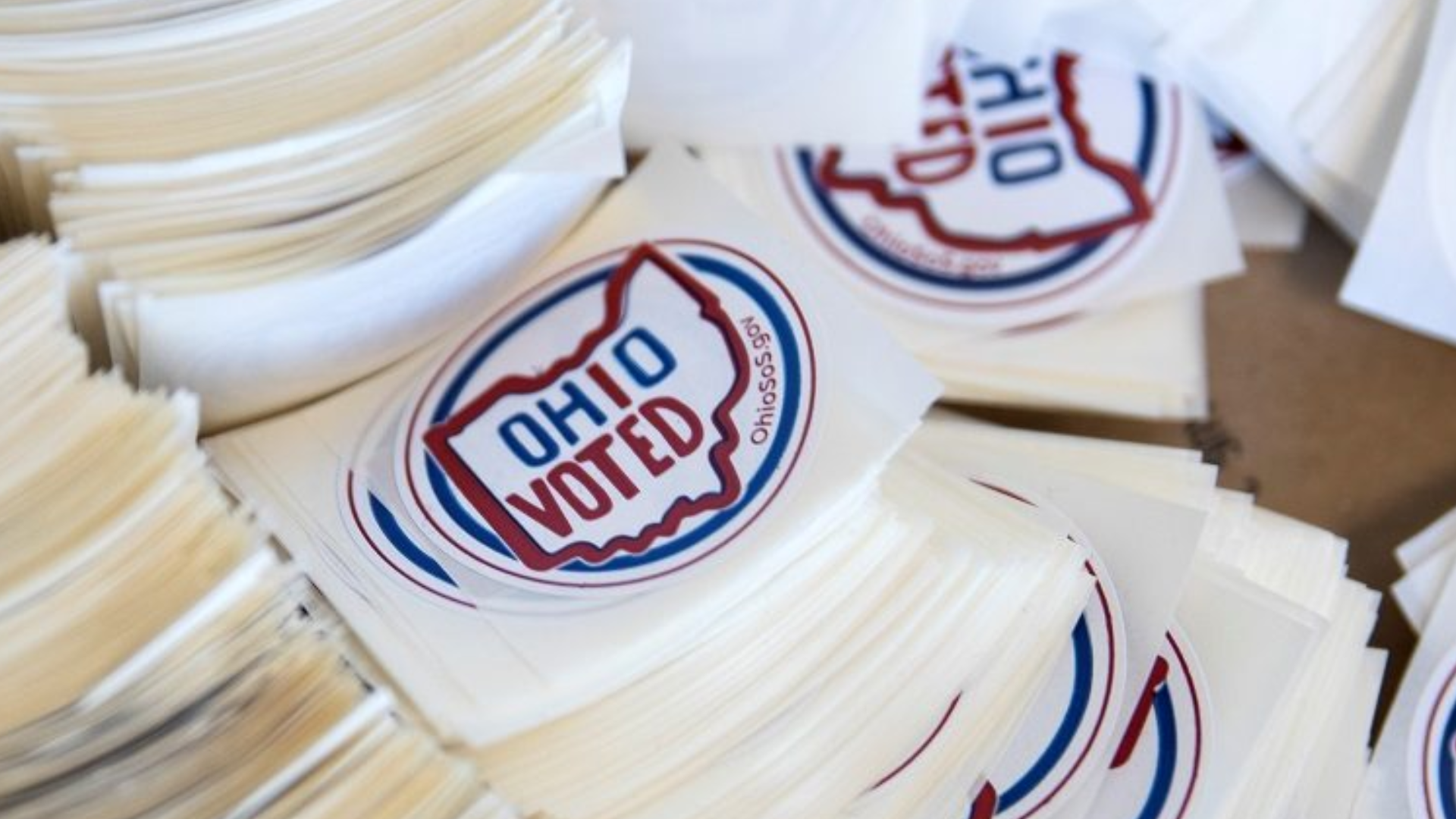Officially, nearly 1.5 million Ohioans lived below poverty, according to 2018 data released by the U.S. Census Bureau on September 10. But thanks to a myriad of government assistance programs, the Supplemental Poverty Measure shows only 1.2 million Ohioans live below poverty. In other words, government assistance helped dull poverty’s impact for 280,000 Ohioans.
Government assistance helped dull poverty’s impact for 280,000 Ohioans.
One flaw of the official poverty measure is that it doesn’t take into account government assistance programs that aren’t income, but improve people’s economic situation. For example, Supplemental Nutrition Assistance Program (SNAP) helps put food on the table for millions of families, but the impact of that assistance doesn’t show up anywhere in official poverty statistics. The U.S. Census Bureau recognized the limitations of the official way we determine who lives below poverty, and several years ago introduced the Supplemental Poverty Measure (SPM).
The U.S. Census Bureau said, “An important contribution of the SPM is that it allows us to gauge the potential magnitude of the effect of tax credits and transfers in alleviating poverty.” The bureau’s analysis looks at things like SNAP, refundable tax credits and housing subsidies to see if those programs lift people out of poverty, while holding everything else the same and assuming no behavior changes.
Cleveland had the worst child poverty rate of any large U.S. city in 2017.
Cleveland had the worst child poverty rate of any large U.S. city in 2017. We’ll get updated data for 2018 later in September. In the meantime, the SPM allows us to gauge the effects of programs that impact children’s economic circumstances. The chart shows only programs and expenses that are not included in the official poverty measure. Things shown in red, like medical expenses and taxes, make child poverty worse. Refundable tax credits, like the Earned Income Tax Credit (EITC) and Child Tax Credit (CTC), have the greatest impact. When those tax credits are counted, child poverty in the U.S. would be under 10 percent. Factoring in other things like SNAP, housing subsides (like public housing and Housing Choice Voucher Program/Section 8) and free and reduced school lunches would also reduce child poverty by at least 1 percent. This new data shows that government programs are effective to help people make ends meet, even if our official measure of poverty don’t capture them.
Change in child poverty rate after including each element, 2018









